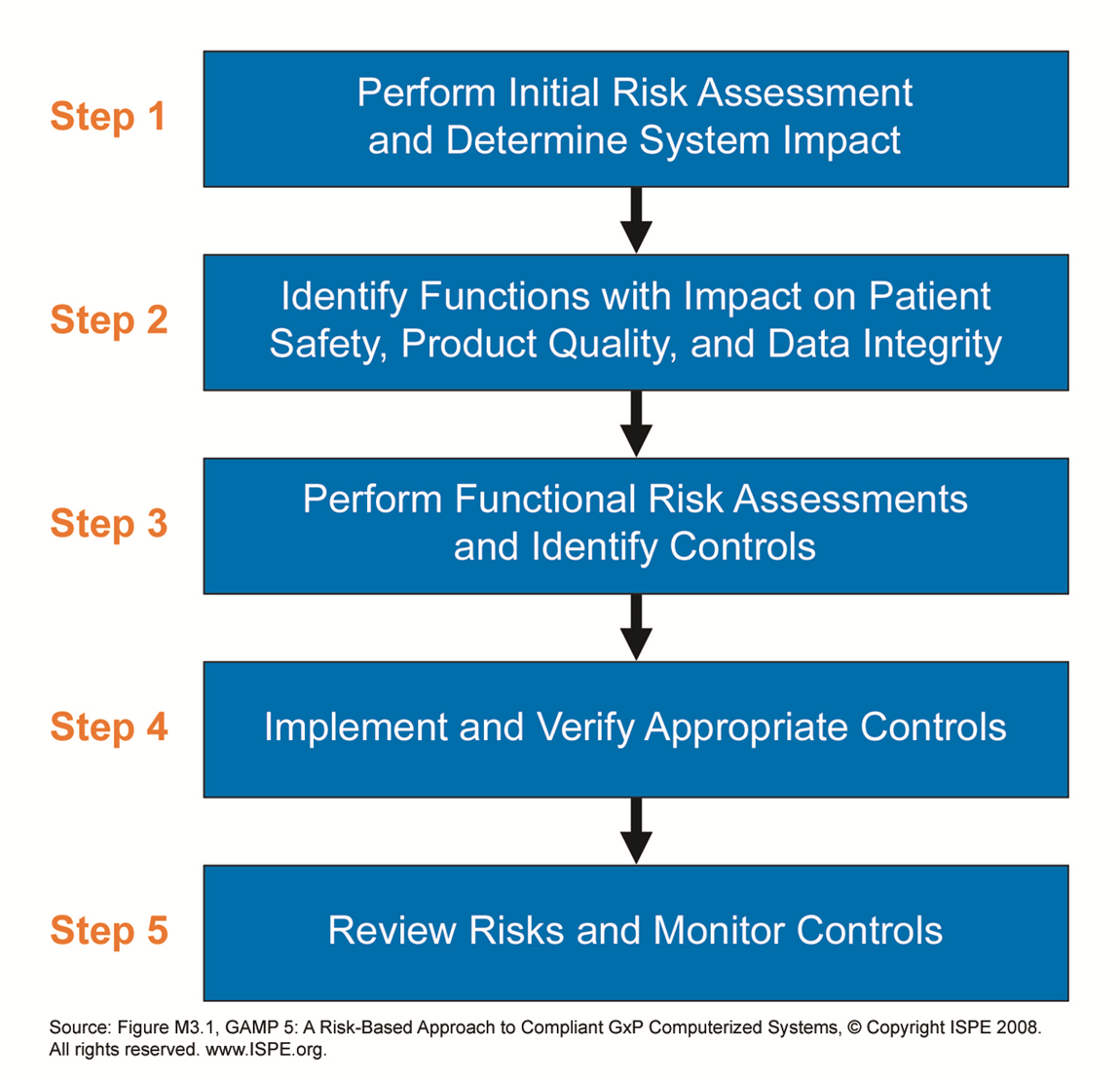

An engine failure in a single-engine piston aircraft, while unlikely, is still possible, so the likelihood is firmly in the “remote” line. Let’s start by analyzing how we can manage risk likelihood for engine failures. You should always be striving to reduce risk, but as a general aviation pilot you have discretion to accept some risks that our commercial cousins always mitigate. If you look at any airline or corporate flight department, you will find that risk management is ingrained in both aircraft certification standards and operating procedures such that most risks end up being mitigated to the low (white) level.
RISK ENGINE APPLICATION PROFESSIONAL
What if the risk is “merely” at the serious (yellow) level? Good practice and professional standards dictate that this risk also be mitigated.

What’s an unacceptably high risk? Any high risk (red) must be mitigated to lower either the likelihood or the severity of the risk to produce a lower overall risk level. The objective is to mitigate unacceptably high risks down to lower risk by reducing risk likelihood and/or severity. This will allow us to see the total risk and then point the way to mitigating actions. Once a risk is identified-engine failure in this case-we must analyze it in terms of its likelihood (probability) and its severity (consequences). Our basic strategy to managing the risk of engine failure starts with our familiar risk management matrix, reproduced at the top of the following page. However, as when dealing with any hazard, a more comprehensive approach to managing engine-failure risk could lead to better outcomes. Staying proficient with emergency procedures and forced landing techniques is still vital. An actual engine failure may be unlikely, but it is still possible. Basic Strategyįirst, pay heed to what you learned in primary training and should be practicing regularly. If we’re going to have to deal with an engine failure, what can we do to wind up in the “uninjured, no-damage” category? A lot, it turns out. The good news is we also can presume that some number of engine-failure events didn’t result in substantial damage, serious injury or death. So, we can presume the actual engine-failure rate-and our risk-is greater than demonstrated. In fact, the NTSB’s definitions specifically exclude “ngine failure or damage limited to an engine if only one engine fails or is damaged….” The punchline is that official data underestimate the actual and unknown engine-failure rate. The sidebar at the bottom of the opposite page goes into greater detail, but it’s safe to say engine failures that don’t result in substantial damage, serious injury or death aren’t part of the data. aviation mishaps are cataloged, it’s safe to say that engine failures happen more often than the data reflect. However, the likelihood (probability) of an engine failure and even its severity (consequences) can be managed ahead of time so that a failure might be less likely and, if one does happen, you might be in a better position to land without injury and maybe without damage.īefore taking steps to minimize the risk of engine failures, we probably should try to quantify it.
RISK ENGINE APPLICATION PLUS
Good inspection and maintenance practices plus proper operation help minimize or eliminate the risk. This training is necessary because, although generally reliable, small airplane engines do still fail, especially if they are piston engines. Once we’re introduced to dealing with engine failures, we practice and perfect them, and then revisit them to ensure proficiency.
RISK ENGINE APPLICATION CODE
ORE is free/open software, provided under the Modified BSD License, which permits using and modifying the code base as well as incorporating it into commercial applications.Almost from the beginning of our flight training, pilots are drilled on simulated engine failures in every phase of flight. ORE is sponsored by Quaternion Risk Management as part of the firm’s commitment to transparency in pricing methods and risk analytics applied in the industry. ORE is based on QuantLib, the open source library for quantitative finance, and it extends QuantLib in terms of simulation models, financial instruments and pricing engines. various examples that demonstrate typical use cases.



 0 kommentar(er)
0 kommentar(er)
